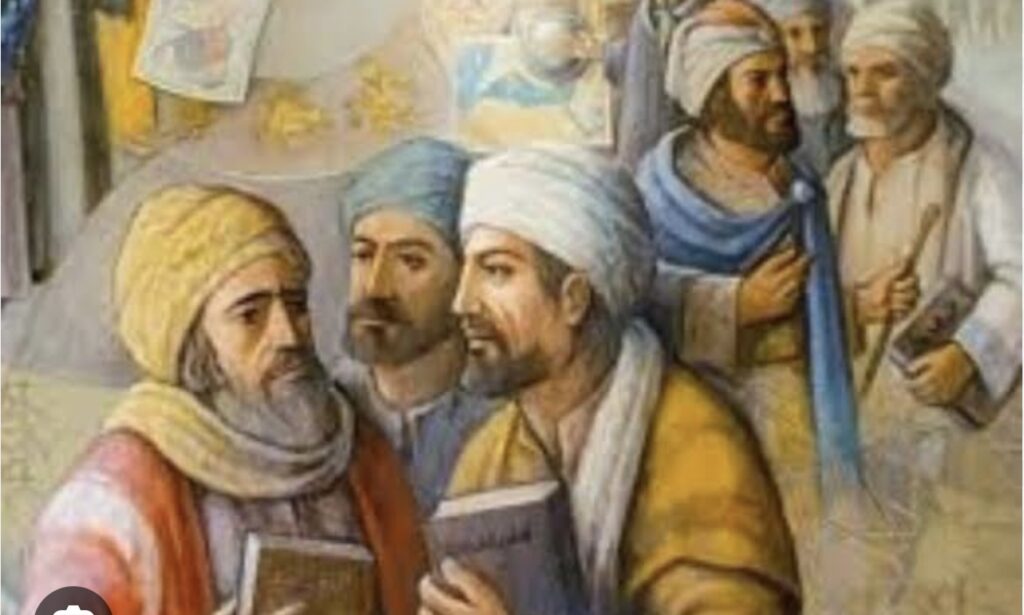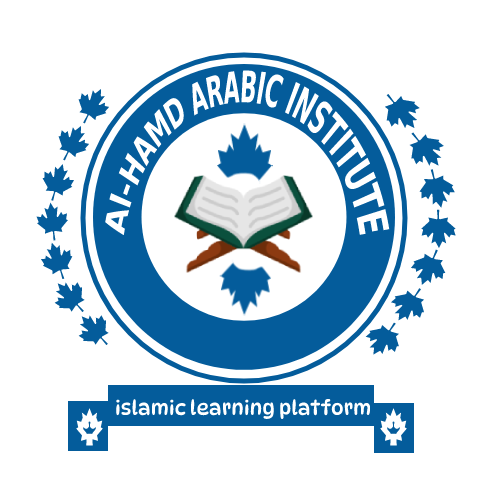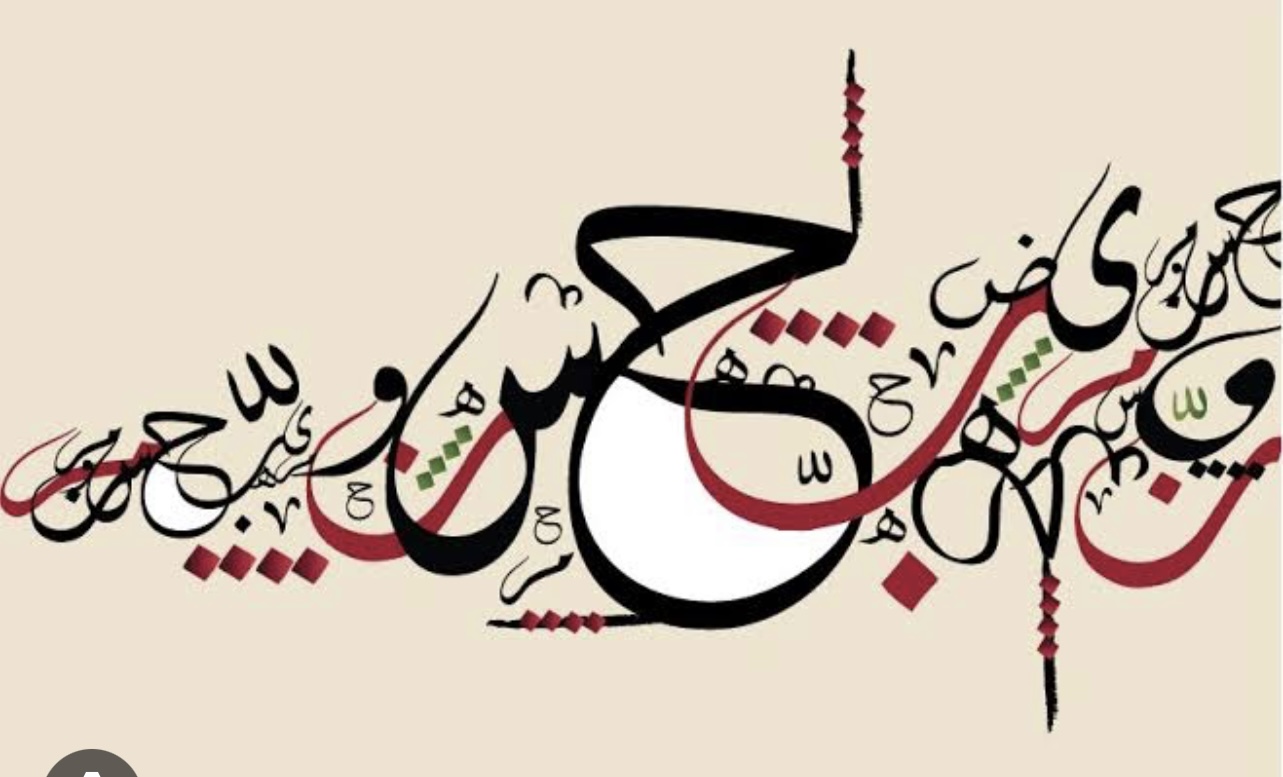What Is Arabic?
What is Arabic? Arabic is a language spoken natively by approximately 315 million people around the world today, and by more people as a non-native language. It is difficult to know exactly how many people speak Arabic, because the language has many different dialects, just like English. Arabic is one of the most widely spoken languages in the world, along with Mandarin Chinese, English, Spanish, Hindi, and French. The Arabic written language is notable for its flowing script and the fact that it is written from right to left rather than left to right. Arabic has been an important language in many parts of the world for centuries, and as such, it is one of the six official languages of the United Nations, alongside Chinese, English, French, Russian, and Spanish.
Where Is Arabic Spoken?
Where is Arabic spoken natively and non-natively around the world? While there are speakers of Arabic living all around the world, there are 31 countries where Arabic is an official or particularly widely spoken language with legal recognition. These countries, states, and territories, some of which are disputed, are:
| Official Language | Co-Official Language | National, Recognized, or Minority Language |
|---|---|---|
| Bahrain | Algeria | Cyprus |
| Egypt | Chad | Eritrea |
| Jordan | Comoros | Iran |
| Kuwait | Djibouti | Israel |
| Lebanon | Iraq | Mali |
| Libya | Morocco | Niger |
| Mauritania | Sahrawi Arab Democratic Republic | Pakistan |
| Oman | Somalia | Senegal |
| Palestine | Somaliland | Turkey |
| Qatar | Sudan | |
| Saudi Arabia | Zanzibar | |
| Syria | ||
| Tunisia | ||
| United Arab Emirates | ||
| Yemen |

Some people may have questions, such as, ”what language do Arabs speak?” that can be quite easily answered: the term ”Arab” refers both to an ethnic group and to speakers of Arabic more generally. It is important to note that in many of the countries and territories listed above, the dialect or dialects of Arabic that are commonly spoken vary considerably. While Modern Standard Arabic is commonly taught and spoken in these countries, many use regional dialects as well (or instead).
 |
Arabic Language Origins
When was Arabic created as a distinct language? The Arabic language’s origin dates back many centuries, but like most languages, it was not created: it evolved naturally. Arabic is a Semitic language, meaning that it is related to Hebrew, Amharic, and Tigrinya, among others. More broadly, the Semitic language family is just one branch of the Afro-Asiatic language family, which also includes Berber, Chadic, and Cushitic languages. Arabic is the most widely spoken of all living Afro-Asiatic languages.
How Old Is the Arabic Language?
How old is the Arabic language? It is impossible to give a specific date for when any language came into being, as languages evolve over time. In its earliest forms, Arabic likely evolved from Proto-Arabic, which was spoken by nomadic groups in the Arabian Peninsula as early as the second century BCE. In fact, the word ”Arab” probably comes from a term meaning ”nomadic.” For a long time, Arabic was primarily spoken rather than written down, making its early history difficult to determine. One important piece of evidence for Arabic’s evolution is its connection to the Nabatean script, which evolved into written Arabic around the 5th century CE.
Arabic Language History
The Arabic language’s history goes back as far as Proto-Arabic, but it really began to develop when the Arabic written language evolved. This was closely tied to the origins of Islam, as the Qu’ran was among the first and most important texts to be written in Arabic. The Arabic in the Qu’ran, which is now known as Classical Arabic, differs from the Arabic that is commonly spoken today, as it was written before spelling and punctuation were standardized. Typically, Classical Arabic is widely understood among Muslims, as the Qu’ran is part of most Muslim people’s lives from childhood. Arabic has diversified significantly into various dialects since it first developed. It has also been an important language for trade in much of the world, often being used as a trade language or lingua franca, just like English. Of course, like many languages, Arabic was also historically spread through military conquest.
Classification of Arabic Languages
Arabic is a language that consists of very diverse dialects. Some of these dialects are not mutually intelligible, while others are fairly similar. Regions where Arabic speakers have been isolated for a period of time are more likely to develop unique dialects, while regions with a lot of contact tend to have more similar and mutually intelligible dialects. Major dialects of Arabic that are spoken around the world today include:
| Dialect | Where Is It Spoken? |
|---|---|
| Modern Standard Arabic | Usually not spoken natively, but instead used as a lingua franca or literary Arabic |
| Egyptian Arabic | Egypt |
| Maghrebi Arabic | Algeria, Libya, Mauritania, Morocco, Tunisia |
| Gulf Arabic | Bahrain, Kuwait, Qatar, the United Arab Emirates, parts of Iran, Iraq, Oman, and Saudi Arabia |
| Levantine Arabic | Jordan, Lebanon, Palestine, and Syria |
| Iraqi Arabic | Iran, Iraq, Syria, and Turkey |
| Sudanese | Sudan |
| Yemeni Arabic | Djibouti, Saudi Arabia, Somalia, and Yemen |
| Hassaniya | Algeria, Libya, Mali, Mauritania, Morocco, Niger, and Senegal |
Most of these versions are spoken languages that use Modern Standard Arabic as their written forms. Some have unique written forms, while others use Latin script.
 |
Impact of Arabic Languages
The impact of Arabic on the world can scarcely be overstated. When the Qu’ran was written, Arabic began to proliferate quickly alongside the spread of Islam. It was quickly adopted by Muslim populations as well as other populations for the purposes of trade and widespread communication. Today, a great deal of literature is written in Arabic and the language is one of the most widely spoken in the world. It is not uncommon for business transactions to take place in Arabic today. Because there are so many dialects of Arabic, there is some discussion about whether Arabic is one language or many. This discussion often has political and cultural overtones, just like similar discussions about Chinese and English dialects. Arabic is has a robust community of speakers and a longstanding literary tradition, meaning that it is extremely unlikely that Arabic will die out as a language any time in the coming centuries, though some dialects may become more or less widely spoken.
Lesson Summary
Arabic is a language with hundreds of millions of speakers around the world. It is a Semitic language, which is itself a branch of the Afro-Asiatic language family, meaning that it does not share linguistic ancestry with English but instead with Hebrew and Amharic. Prior to the origins of Islam, relatively little is known about the history of Arabic, as it was primarily passed down orally by nomadic people instead of being written. Islam has historically had a major impact on the spread of Arabic, which was originally native to the Arabian Peninsula. As well as religion, Arabic has historically spread through both military conquest and trade, which is typical of many languages.


